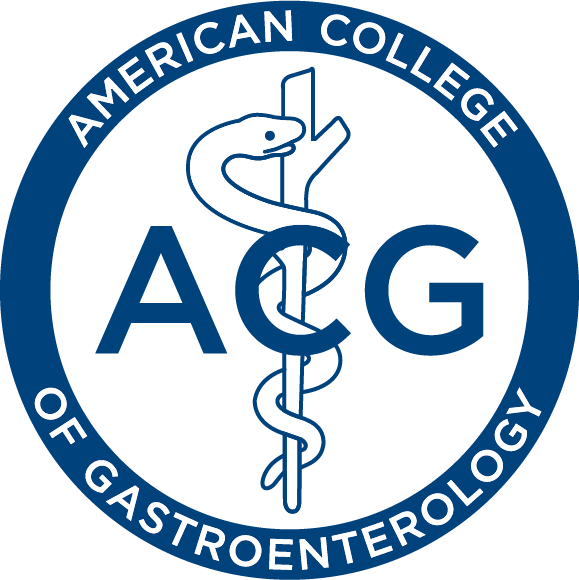Newswise — The April issue of The American Journal of Gastroenterology highlights new clinical science and reviews on the effectiveness of H. pylori therapies, privacy considerations around video endoscopy as big data, liver disease and cirrhosis, and dysplasia detection in IBD. This month we also published articles on pancreatic cancer, nutrition and dietary influences in hypermobile Ehlers-Danlos syndrome, esophageal cancer, disorders of gut-brain interaction, and more.
Several articles are highlighted below and access to any articles from this issue, or past issues, is available upon request. The College is also able to connect members of the press with study authors or outside experts who can comment on the articles.
Racial Disparities in Liver Disease Mortality Trends Among Black and White Populations in the United States, 1999-2020: An Analysis of CDC WONDER Database
Wang, et al.
A comprehensive analysis of the CDC WONDER Database showed that from 1999-2020, liver disease mortality among Black adults decreased (from 22.5 to 20.1 per 100,000) and increased among white adults (from 17.9 to 25.3 per 100,000), making liver disease-related mortality more common among white adults versus Black adults. Importantly, the authors note that disparities in mortality rates associated with viral hepatitis and primary liver cancer still exist, resulting in higher mortality among Blacks. They note that, “Our study underscores the importance of understanding the changing landscape of liver disease burden to inform future public health strategies and healthcare policies aimed at reducing disparities and improving population health.”
Dye Chromoendoscopy Outperforms High-Definition White Light Endoscopy in Dysplasia Detection for Patients With Inflammatory Bowel Disease: An Updated Meta-Analysis of Randomized Controlled Trials
Mohamed, et al.
In this meta-analysis, the authors compared dysplasia detection using dye spray chromoendoscopy (DCE) with high-definition white light endoscopy (HD-WLE) versus HD-WLE alone in patients with IBD. They found that the addition of DCE achieved higher dysplasia detection rates in high-risk IBD patients (18.8% vs 9.4%).
Effectiveness of Helicobacter pylori Treatments According to Antibiotic Resistance
Bujanda, et al.
Using a prospective, multicenter, international registry on the management of H. pylori, authors of this study found that in regions of high H. pylori antibiotic resistance, treatment naïve patients achieved the best results with the 3-in-1 single capsule or the quadruple with bismuth and concomitant with tinidazole and in treatment non-naïve patients, the 3-in-1 single capsule or triple therapy with levofloxacin are the best options.
Visual Abstract
About the American College of Gastroenterology
Founded in 1932, the American College of Gastroenterology (ACG) is an organization with an international membership of over 18,000 individuals from 86 countries. The College’s vision is to be the preeminent professional organization that champions the prevention, diagnosis, and treatment of digestive disorders, serving as a beacon to guide the delivery of the highest quality, compassionate, and evidence-based patient care. The mission of the College is to enhance the ability of our members to provide world class care to patients with digestive disorders and advance the profession through excellence and innovation based upon the pillars of Patient Care, Education, Scientific Investigation, Advocacy and Practice Management. www.gi.org

